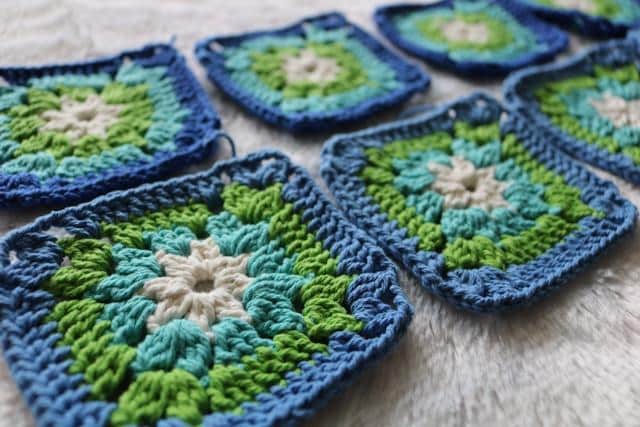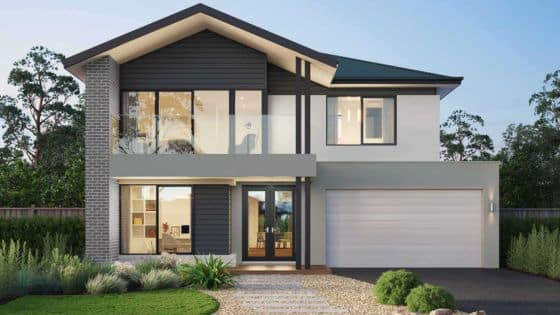When you move into a new home or redesign an existing one, you often want to show your own personality. Yet, you also want to respect local traditions while making a space your own. This balance helps you honor what came before you and create something new that feels authentic. Use curiosity as a guide and notice what matters to the people around you. Look for creative ideas for life that inspire bold but thoughtful design choices. Ask questions, take notes, and keep your eyes open when exploring. Stay active in your approach rather than waiting for inspiration to appear. Every detail you consider can tell a story that feels alive and unique.

Local Aesthetics and Their Significance
Local design details often hold meaning that goes far beyond appearance. Many homes reflect values, beliefs, and historical events. When you step into a room and see handwoven rugs or carved doors, you step into a narrative shaped by time.
For example, a carved panel might represent protection, while a pattern on tiles might show regional identity. Walk through local markets and observe materials in use. Ask shopkeepers about stories behind their goods. These steps connect you with a community in a personal way.
- Observe patterns in older houses
- Talk to local artisans for insight
- Take photographs to compare design elements later
Through active exploration, you discover inspiration that fuels original plans while honoring meaningful heritage.

Build Around Cultural Touchstones
Many people feel unsure about how to mix modern items with classic cultural elements. A practical method is to select a few strong pieces and build around them. A handmade chest or a traditional light fixture can anchor an entire room.
As you choose new pieces, test how they fit next to these older elements. Too many new items can drown out history, while too few can leave a room feeling dated. When you plan carefully, you achieve balance that feels thoughtful and fresh.
Homes that succeed with this method show confidence. They allow visitors to notice a blend of familiar comfort and local character. This creates a welcoming space without losing identity.
Adapt Layouts for Function and Flow
Every culture shapes rooms to match daily life. You might notice kitchens near gardens or family areas in open courtyards. These choices offer lessons. Learn from them and see how they might fit into your plans.
When you rearrange furniture, consider pathways and routines. Think about how a family gathers or how guests enter a home. These steps ensure your design feels both practical and respectful. Remember to prepare carefully and pack furniture for transport if you decide to move or renovate.
This active approach lets you preserve valuable items while testing fresh arrangements that honor local habits.
Color Palettes That Tell Two Stories
Color has the power to express both heritage and personal taste. Deep reds or earthy browns may carry traditional meaning, while soft grays or blues can show modern preference. Test swatches on walls and see how light shifts through the day.
Blend them with care. You want to respect local traditions while making a space your own by pairing a local color scheme with accents that feel personal. Use throw pillows, pottery, or small rugs to weave these tones together.
When chosen wisely, these colors create a dialogue between past and present. They show courage and thought, leaving a lasting impression on anyone who steps inside.
Handcrafted Should Meet Modern Minimalism
Traditional crafts hold deep skill and detail that add soul to a room. A woven basket, a carved stool, or hand-thrown pottery can stand proudly beside a sleek sofa or a glass table.
However, too many traditional pieces can overpower a room. Select one or two and let them guide the rest of the design. Visit local markets to buy directly from makers and ask about techniques that shaped each piece.
As a result, your home will show respect and curiosity without losing clarity. The contrast between smooth surfaces and handmade textures invites interest. It pushes you to keep adjusting until the mix feels balanced and alive.

Sketch Before You Build
Next, focus on early planning so mistakes stay small and easy to fix. Test layouts by drawing simple shapes that show where large objects sit. Keep sketches clear and bold so you can see proportions.
For example, use graph paper or a digital app to try out a living room plan. Try different angles for a table or a shelf before buying anything. Include a clear note that shows how you want light to fall across key items.
Remember to try sketching an interior several times and compare results. Keep notes on what feels right. These active steps prevent regret and help you save both time and money.
Mix Technology With Cultural Sensitivity
Then, explore ways to include new tech without breaking the mood of a room. Hide wires inside wooden channels that match the walls. Select devices in soft tones that blend with local materials.
Smart systems can improve light, sound, and air quality. Use them with care so they do not take over the character of the space. Therefore, choose a few devices that serve real needs instead of filling shelves with gadgets.
When you stay mindful, you show how you respect local traditions while making a space your own. This mindful approach creates a home that feels forward looking yet still connected to heritage.
Make Sustainable Choices That Honor Traditions
After that, turn your attention to materials that support both the planet and local identity. Reclaimed wood, clay tiles, and natural stone reduce waste while honoring established methods.
Walk through small workshops and ask about sourcing methods. Test materials in small areas before expanding use across the home. Pay fair prices to help keep traditional crafts alive in your area.
As a result, your home gains character and supports a wider effort. You create a space that carries meaning, not just style.
Enhance Comfort and Safety With Innovation
Also, think about features that improve health and ease without removing local charm. Subtle lighting systems can make hallways safer at night. Ventilation upgrades can keep air clean and fresh.
Explore options for smart home improvements for safety, comfort and health that fit into older designs. Try hidden outlets, sliding panels, or lock systems that do not spoil the look of a room.
These updates show care for the people who live in the space. They also protect the work you have done in every corner.

You Can Respect Local Traditions While Making a Space Your Own
A home can honor tradition while showing clear personal vision. When you plan carefully, you will respect local traditions while making a space your own. Keep learning from your surroundings and stay curious as you build. Try new layouts and keep asking questions that lead to stronger design choices.
- 0shares
- Facebook0
- Pinterest0
- Twitter0
- Reddit0













